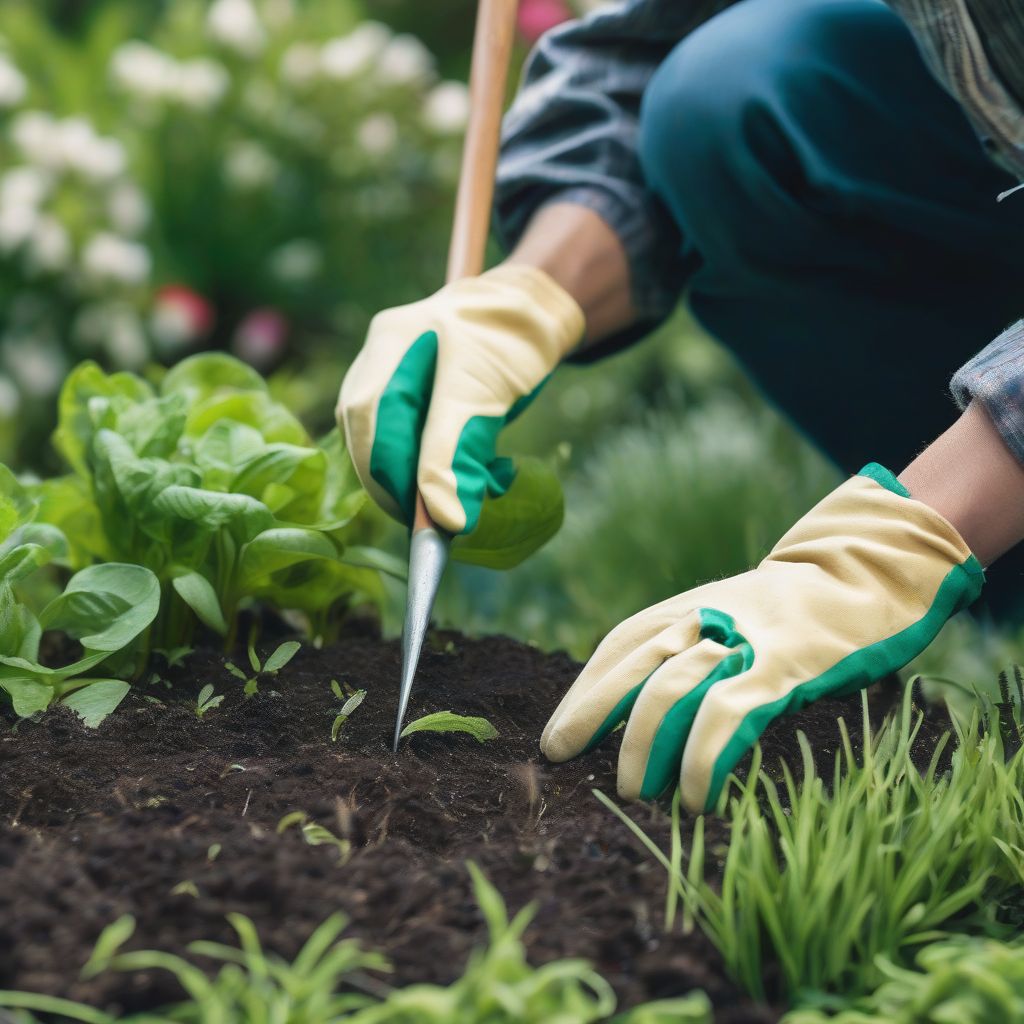Have you ever dreamt of strolling through your own lush garden, bursting with vibrant flowers and ripe, delicious vegetables? It’s a dream many share, but the reality of garden maintenance can sometimes feel overwhelming, especially for beginners.
Don’t worry! Maintaining a thriving garden doesn’t have to be a chore. With a bit of planning and this handy checklist, you’ll be well on your way to creating the garden oasis you’ve always wanted. Let’s get started, shall we?
The Essential Garden Maintenance Checklist
A little effort goes a long way in the garden. Whether you’re tending to a small patch of herbs or a sprawling flowerbed, this checklist will help you stay organized and ensure your plants thrive:
1. Watering Wisely
Why it matters: Just like us, plants need water to survive. But overwatering can be just as detrimental as underwatering.
What to do:
- Check the soil moisture regularly. Stick your finger about an inch deep into the soil. If it feels dry, it’s time to water.
- Water deeply and less frequently. This encourages strong root growth.
- Water early in the morning or late in the evening. This minimizes evaporation and prevents scorching your plants in the midday sun.
- Consider a soaker hose or drip irrigation system. These deliver water directly to the roots, reducing waste.
2. Feeding Your Plants
Why it matters: Plants need a balanced diet of nutrients to grow strong and healthy.
What to do:
- Add compost to your soil. Compost is a natural fertilizer that improves soil structure and provides essential nutrients.
- Use organic or slow-release fertilizers. These provide a steady supply of nutrients over time.
- Fertilize according to your plants’ needs. Different plants have different nutrient requirements, so it’s important to choose the right fertilizer.
3. Weeding Regularly
Why it matters: Weeds compete with your plants for water, nutrients, and sunlight.
What to do:
- Weed regularly, especially after it rains. It’s easier to pull weeds when the soil is moist.
- Use mulch to suppress weeds. Mulch also helps retain soil moisture and regulate soil temperature.
- Consider natural weed control methods. Boiling water, vinegar, and corn gluten meal are effective alternatives to chemical herbicides.
 Weeding a Garden
Weeding a Garden
4. Pest and Disease Control
Why it matters: Pests and diseases can damage or even kill your plants.
What to do:
- Inspect your plants regularly for signs of pests or diseases. Look for discolored leaves, holes, or wilting.
- Identify the problem before taking action. Different pests and diseases require different treatment methods.
- Choose natural pest control methods whenever possible. Beneficial insects, insecticidal soap, and neem oil are effective options.
- Remove diseased plants or plant parts immediately. This prevents the disease from spreading.
5. Pruning for Health and Growth
Why it matters: Pruning removes dead or diseased branches, encourages new growth, and improves the overall shape and structure of your plants.
What to do:
- Prune at the right time of year. The best time to prune varies depending on the plant. Research the specific needs of your plants.
- Use sharp, clean pruning shears. This will prevent damage to your plants and the spread of disease.
- Make clean cuts at a 45-degree angle. This helps the wound heal quickly.
- Don’t be afraid to prune! With a little practice, you’ll get the hang of it.
6. Supporting Your Plants
Why it matters: Some plants, especially tall or vining varieties, need support to grow properly.
What to do:
- Provide stakes, cages, or trellises as needed. This prevents plants from flopping over and makes harvesting easier.
- Tie plants loosely to supports using soft twine or garden tape. Avoid damaging the stems.
7. Mulching for Moisture and Weed Control
Why it matters: Mulch helps retain soil moisture, suppress weeds, and regulate soil temperature.
What to do:
- Apply a 2-3 inch layer of mulch around your plants. Keep mulch a few inches away from the base of the plant to prevent rot.
- Choose a mulch that’s right for your garden. Organic mulches like wood chips, bark, or straw decompose slowly, adding nutrients to the soil.
8. Seasonal Garden Chores
Why it matters: Different seasons call for different gardening tasks.
What to do:
- Spring: Prepare your garden beds, plant seeds and seedlings, and begin regular weeding and watering.
- Summer: Monitor watering needs, fertilize as needed, and stay on top of weeding.
- Fall: Clean up spent plants, divide perennials, plant bulbs for spring blooms, and add a layer of mulch for winter protection.
- Winter: Protect tender plants from frost, prune deciduous trees and shrubs, and plan for the next growing season.
Conclusion: Your Garden, Your Sanctuary
Starting and maintaining a garden can be an incredibly rewarding experience. It’s a chance to connect with nature, grow your own food, and create a beautiful space to relax and unwind.
Remember, gardening is a journey, not a destination. Don’t be afraid to experiment, learn from your mistakes, and most importantly, enjoy the process! With a little care and attention, your garden will flourish, bringing you joy for seasons to come.
Now that you have the tools to start your gardening journey, what are you waiting for? Get out there, get your hands dirty, and watch your garden dreams bloom!
[amazon bestseller=”gardening tools for beginners”]
